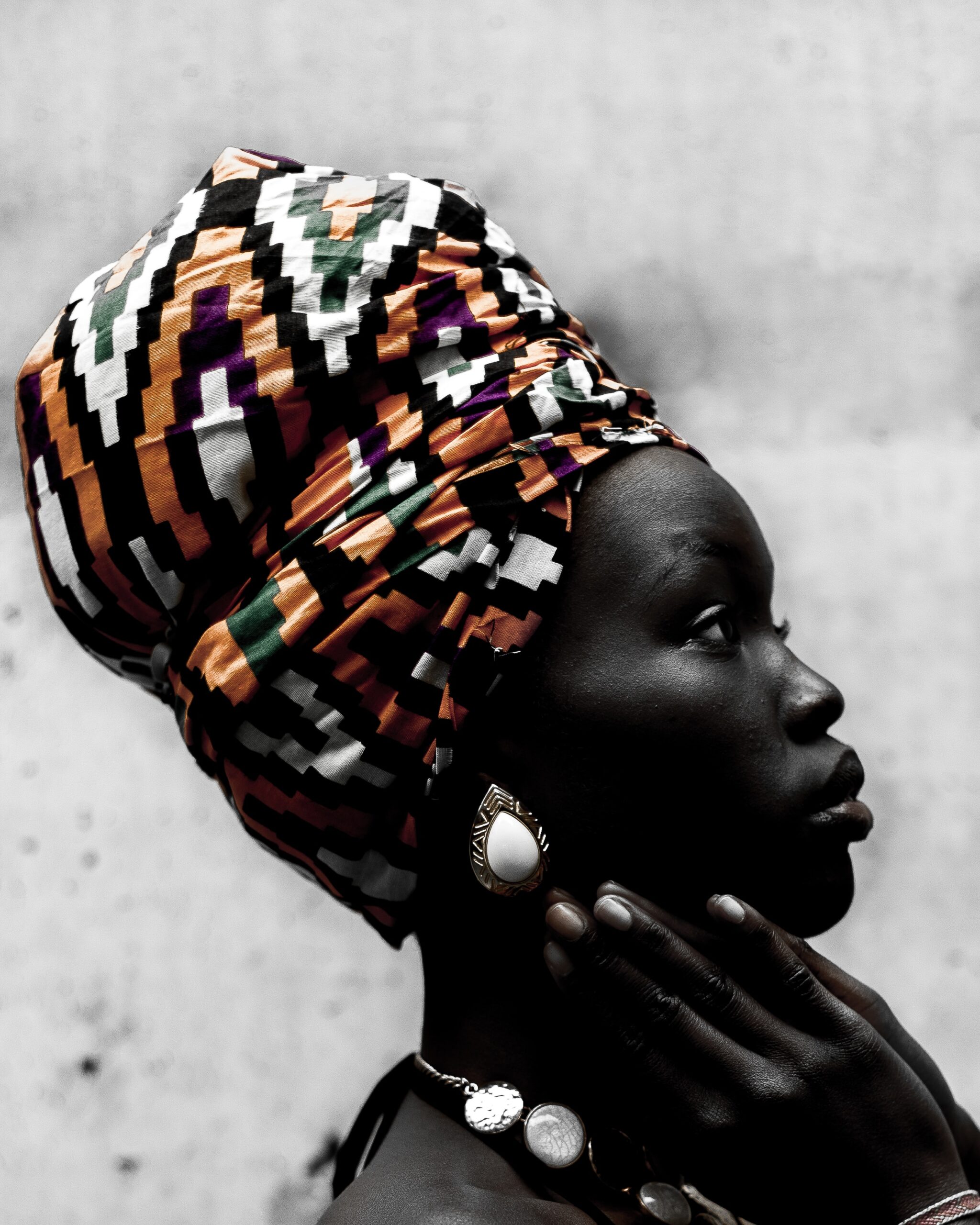The Different Paths to Enslavement: West African Cultures vs the Atlantic Slave Trade

Have you ever wondered how the method of becoming a slave differed in West African cultures compared to the Atlantic slave trade? It is a topic that sheds light on the diverse experiences of enslaved individuals throughout history. So, let’s take a closer look at the differences between these two paths to enslavement.
West African Cultures: A Complex System
In West African cultures, the process of becoming a slave was often rooted in complex social, political, and economic dynamics. It is important to note that not all West Africans who became enslaved experienced the same path to bondage. However, there were some common methods through which individuals found themselves in enslavement.
One path to slavery in West African cultures was through warfare. During intertribal conflicts, captives were often taken as spoils of war. These captives could be integrated into the victors’ societies as slaves, serving various roles depending on the specific culture. They might work as laborers, concubines, or even warriors.
Another path to enslavement in West African cultures was through debt bondage. In this system, individuals who could not repay their debts were often forced into servitude to work off what they owed. This form of enslavement was usually temporary, and individuals could eventually regain their freedom once their debts were paid.
Furthermore, some West African cultures practiced domestic slavery. This meant that some families or lineages would have slaves as part of their households. These slaves were often treated as members of the family, with certain rights and responsibilities. In some cases, they could even achieve positions of power within their master’s households.
The Atlantic Slave Trade: A Brutal and Dehumanizing System
The Atlantic slave trade, on the other hand, was a brutal and dehumanizing system that forcibly transported millions of Africans to the Americas as slaves. Unlike the complex systems in West African cultures, the Atlantic slave trade operated on a large scale and involved the mass enslavement of Africans.
The process of becoming a slave in the Atlantic slave trade was largely based on capture and sale. African individuals were captured through various means, including raids, kidnapping, or being sold by African intermediaries. These captives were then transported to slave markets, where they were sold to European slave traders.
Once sold, enslaved Africans endured horrific conditions during the Middle Passage, the voyage across the Atlantic Ocean. Many did not survive the treacherous journey, succumbing to disease, malnutrition, or violence. Those who survived were subjected to a life of forced labor, abuse, and constant dehumanization on plantations and in other settings.
Reflecting on the Differences
The differences between the methods of becoming a slave in West African cultures and the Atlantic slave trade highlight the diverse historical contexts and experiences of enslaved individuals. While West African cultures had complex systems that allowed for some social mobility and the possibility of regaining freedom, the Atlantic slave trade was a brutal and dehumanizing enterprise that forcibly uprooted millions of Africans.
It is crucial to recognize and understand these differences in order to appreciate the resilience and strength of those who survived and resisted such oppression. By exploring these historical nuances, we can gain a deeper understanding of the lasting effects of slavery and work towards a more inclusive and just future.




